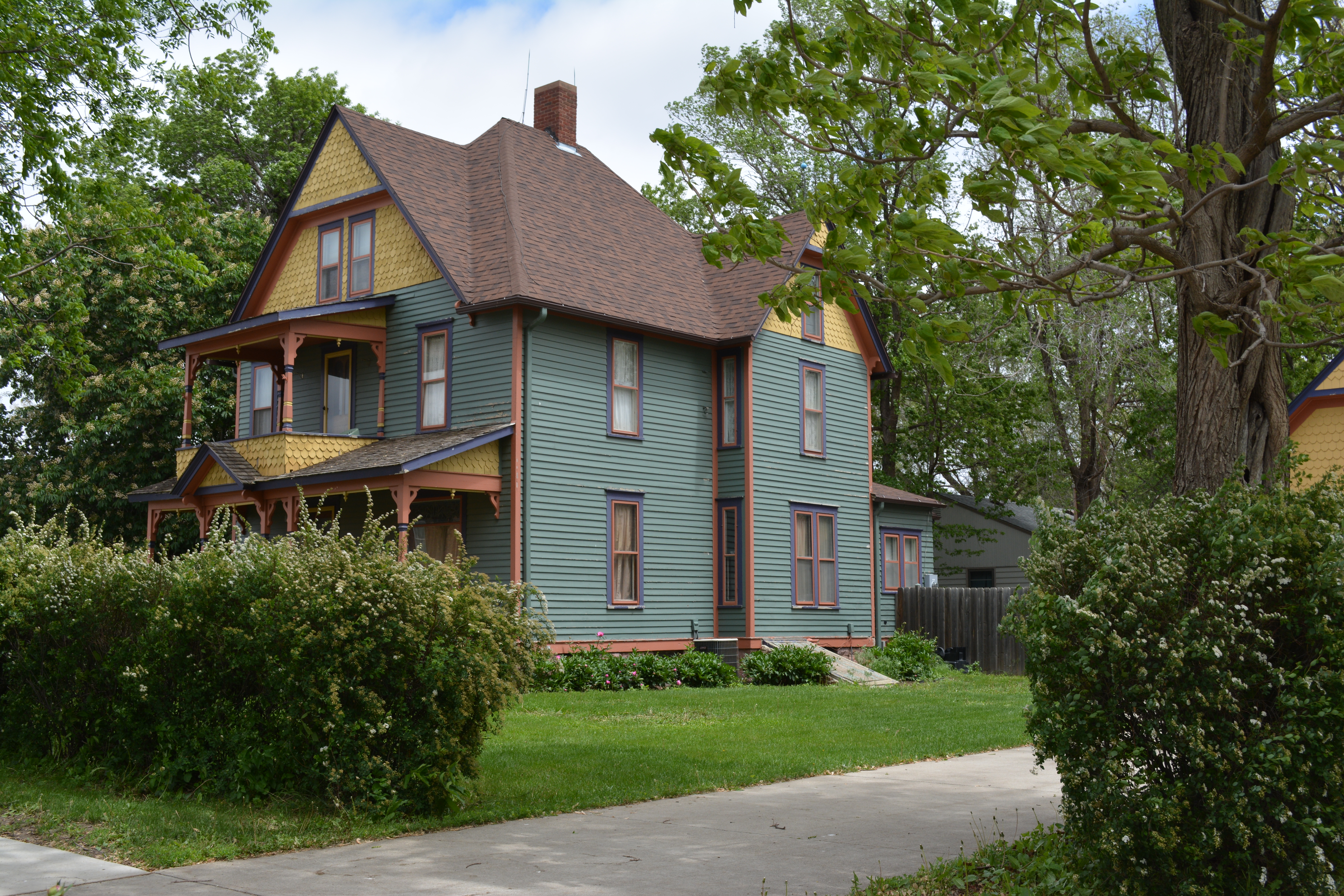Following are some notes on the places included within the Green Books, directories for “Negro Motorists” that guided them to businesses that were open to them in the midst of a segregated country–some places where there was explicit segregation by law, and everywhere else where people of color were still confronted with numerous business owners who created implicit segregation by practice and prejudice.
In 1962, “the [New York] Times cited a report by the Black Hills Civil Rights Committee in which the committee revealed ‘that 90 percent of the bars and barber shops and 30 percent of the restaurants and motels in Rapid City refuse to serve or accommodate Negroes.'” It was not until 1967 that the State of South Dakota passed a civil rights law that said “No person shall be excluded on account of race, color, religion, or national origin from full and equal enjoyment of any accommodation, advantage, or privilege furnished by public conveyances, theaters or other public places of amusement, or by hotels, motels, barber shops, saloons, restaurants, or other places of refreshment, entertainment, or accommodation” (Bernson and Eggers, “Black People in South Dakota History,” 266-267).
Using scanned books from 1938-1941, 1947-1957, 1959-1964, and 1966/1967 that have been posted online by the Smithsonian Institution’s transcription project and the New York Public Library, below are the South Dakota businesses that were part of the Green Book directories.
Continue reading